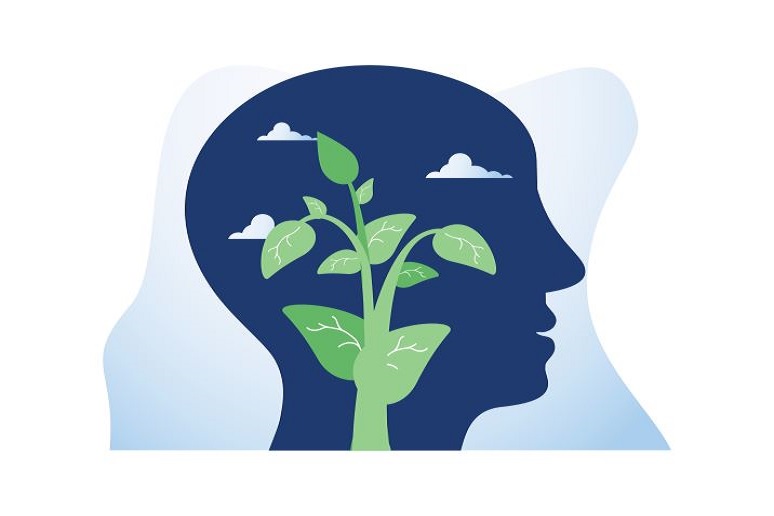When we hear the term “amenities” in the context of the workplace, we tend to think of office perks that might range from essential to frivolous — everything from onsite childcare to ping-pong tables and free beer. But just as our image of the workplace is expanding, we’re starting to see the concept of amenities transform and become less tied to the physical office as well.
In a recent
blog, designers at Gensler coin a couple of terms — “digital amenities” and “knowledge as an amenity” — that suggest enterprises should use digital technology to improve the employee experience and help team members feel more fulfilled. The basic idea is that, with collaboration and related technologies producing an abundance of detailed information about employees’ activity and preferences, the enterprise should use this knowledge and these digital systems to create experiences that make people happier both as employees and in their lives more generally.
Of course, knowing a lot about your employees’ lives is a double-edged sword. Employees have good reason to be wary about how their employers’ might use their digital data in the future — if they’re not already using it. The idea of employers spying on their workers or knowing, down to the keystroke level, everything somebody does all day is dystopian. I don’t mean to wave away these concerns, but they merit a much longer discussion than we have space for here. Suffice it to say, employers will do what they believe to be in the company’s interest, constrained only (hopefully!) by the limits of the law. So there will need to be laws, and U.S. employees are probably right to fear that their interests are less likely to be protected by legislators than workers in, say, the EU.
Nevertheless, as work from home (WFH) becomes more entrenched and collaboration technology more sophisticated, there’s bound to be more digital comingling of employees’ personal and work lives — there’s no avoiding it. So, for employers that want to use these technological advances as a carrot rather than a stick, the Gensler designers suggest potential ways of making remote workers feel more like a part of the team and connected to each other. Their ideas include:
- “App-based amenities” — The designers suggest various ways that enterprises could use social channels to foster employee connections, many of which could be implemented with existing corporate intranets. To expand on their suggestions, it seems to me that enterprises adopting a “hub and spoke” model of office usage post-pandemic — i.e., one main office in a large metro area supplemented by smaller sites scattered around the region — could make good use out of these sorts of models. In the Chicago area, for example, you could have a West Suburban group or Northwest Indiana group, and the corporate app could provide not only a place for people to meet virtually, but tools and integrations that let members create meet-ups or find spaces for regular work-together days for those not close to an office.
- “Self-actualization” — Many enterprises have already started offering opportunities like “mindful Monday” or “workout Wednesday” for employees stuck at home during the pandemic, and many already offer extra PTO days to spend volunteering in the community. Given the increased blending of work and personal time during the lockdowns, the Gensler designers suggest enterprises lean into this type of offering and create more ways for employees to discover and pursue fulfilling activities not directly related to work tasks.
Most surveys show that employees want to return to offices when the pandemic subsides, though they also want the opportunity to work from home part of the time, too. Digital systems can help enterprises craft better employee experiences in the world that emerges over the next few years, and with reasonable governance, can make work in the post-pandemic world more fulfilling.




